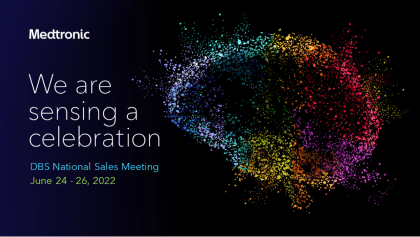Infographics serve as powerful tools for enhancing the comprehension of complex data, such as homelessness profiles, in presentations. By transforming intricate statistics and trends into visual formats, infographics simplify information processing for your audience. They utilize a blend of visuals—like charts, graphs, and icons—with concise text to present data in an engaging manner that captures attention and fosters retention.
When addressing complex issues like homelessness profiles, infographics can effectively illustrate key points such as demographics, causes, and solutions through visual storytelling. This method allows audiences to quickly grasp essential information without being overwhelmed by numbers or lengthy explanations. For instance, a well-designed infographic can highlight the correlation between economic factors and homelessness rates through visually appealing graphs or maps that depict geographic distributions.
Moreover, infographics encourage emotional engagement by incorporating relevant imagery that resonates with viewers on a personal level. This aspect is particularly important when discussing sensitive topics like homelessness since it humanizes the data and motivates audiences to connect with the content beyond mere statistics.
In summary, utilizing infographics in presentations not only clarifies complex data but also enhances audience engagement and understanding through effective visual communication strategies tailored to convey critical insights about issues such as homelessness profiles.









